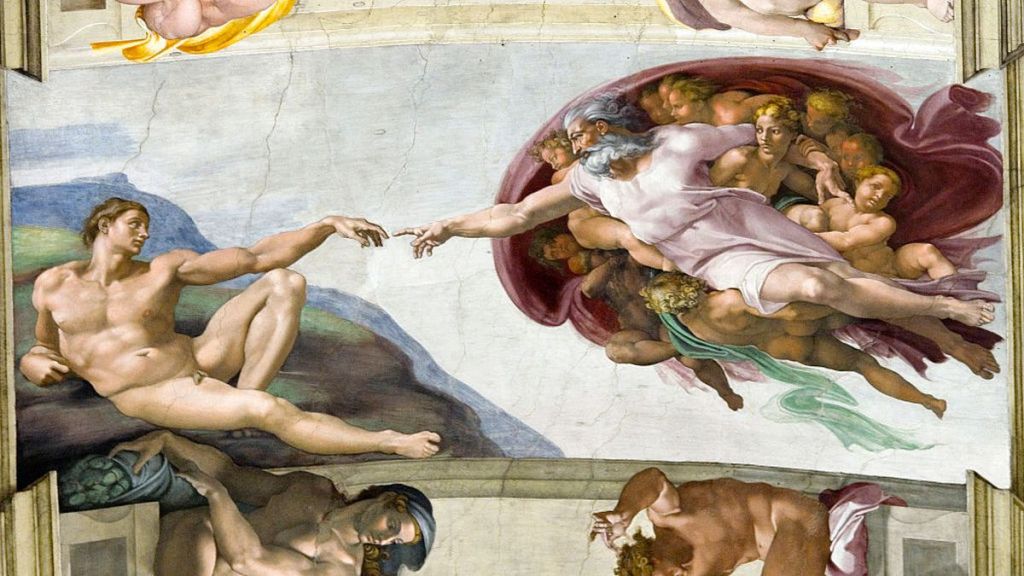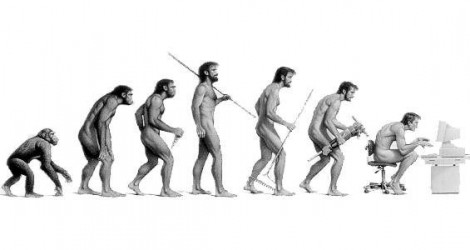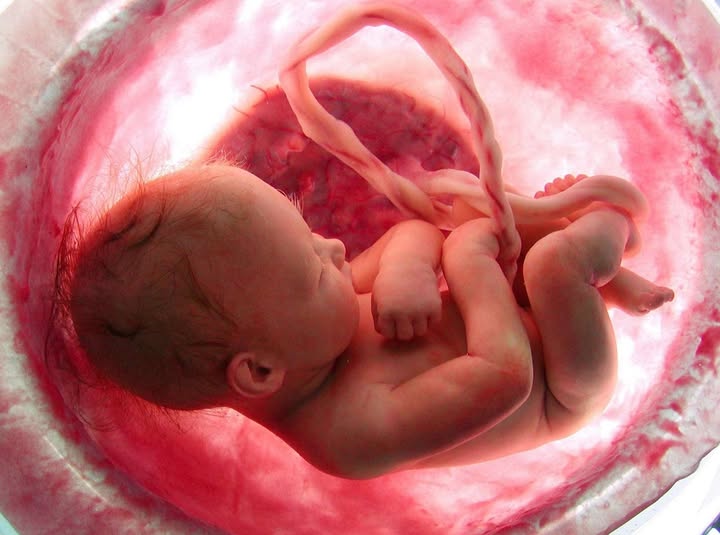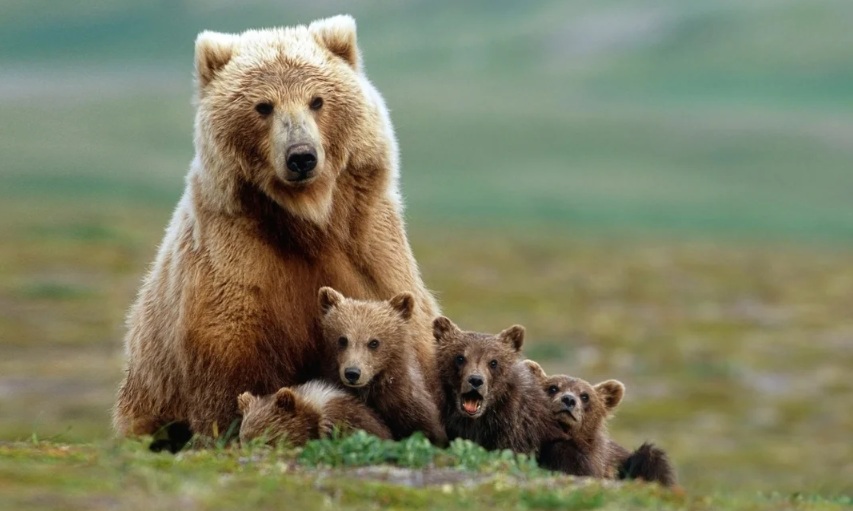Epigraph:
We created man from an essence of clay, then We placed him as a drop of fluid in a safe place, then We made that drop into a clinging form, and We made that form into a lump of flesh, and We made that lump into bones, and We clothed those bones with flesh, and later We made him into other forms –– glory be to God, the best of creators!––then you will die and then, on the Day of Resurrection, you will be raised up again. (Al Quran 23:12-16)

Written and collected by Zia H Shah MD
Mammals are characterized by the presence of milk-producing mammary glands for feeding their young, a neocortex region of the brain, fur or hair, and three middle ear bones. These characteristics distinguish them from reptiles and birds, from which their ancestors diverged over 300 million years ago. Around 6,400 extant species of mammals have been described and divided into 29 orders.
There are some 6000 mammals with placenta. Our closest relatives among animals are chimpanzees, gorillas and orangutans. After the great apes our family tree merges with those of the monkeys and lemurs.

Mammals have two broad categories, those with a placenta and those without.
Placenta is a dramatic organ in which miles of capillary blood vessels belonging to the baby are brought into close contact with miles of capillary blood vessels of the mother. This excellent exchange system then feeds the baby and removes waste products from the blood of the fetus that are then gotten rid of by the mother, through her lungs, liver and kidneys.
Marsupials like kangaroos in Australia are mammals, have mammary glands but do not have a placenta. There are more than 250 species of marsupials. Examples of marsupials include but are not limited to kangaroos, wallabies, wombats, the koala, the Tasmanian devil, and opossums.

The holy Quran talks about placenta at least in three places in the Quran, it is referred to as a clinging form:
“We created man from an essence of clay, then We placed him as a drop of fluid in a safe place, then We made that drop into a clinging form, and We made that form into a lump of flesh, and We made that lump into bones, and We clothed those bones with flesh, and later We made him into other forms –– glory be to God, the best of creators! –– then you will die and then, on the Day of Resurrection, you will be raised up again.
We created seven levels above you: We are never unmindful of Our creation. We sent water down from the sky in due measure and lodged it in the earth––We have the power to take it all away if We so wish –– with it We produced for you gardens of date palms and vines, with many fruits there for you to eat.” (Al Quran 23:12-19)
“People remember, if you doubt the Resurrection, that We created you from dust, then a drop of fluid, then a clinging form, then a lump of flesh, both shaped and unshaped: We mean to make Our power clear to you. Whatever We choose We cause to remain in the womb for an appointed time, then We bring you forth as infants and then you grow and reach maturity. Some die young and some are left to live on to such an age that they forget all they once knew. You sometimes see the earth lifeless, yet when We send down water it stirs and swells and produces every kind of joyous growth: this is because God is the Truth; He brings the dead back to life; He has power over everything.” (Al Quran 22:5-6)
“It is God who has given you the night in which to rest and the day in which to see. God is truly bountiful to people, but most people do not give thanks. Such is God your Lord, the Creator of all things: there is no god but Him. How can you be so deluded? This is how deluded those who deny God’s messages are. It is God who has given you the earth for a dwelling place and the heavens for a canopy. He shaped you, formed you well, and provided you with good things. Such is God your Lord, so glory be to Him, the Lord of the Worlds.
…
It is He who created you from dust, then from a drop of fluid, then from a tiny clinging form, then He brought you forth as infants, then He allowed you to reach maturity.” (Al Quran 40:61-67)
In the first reference above from Surah Muminoon, along with the description of ‘the clinging form’ or the placenta, the Quran describes God as the best of creators! So, for a mystic like me in the 21st century, it is not only biology and evolution, but all of cosmology, astronomy, mathematics become a playground for us to marvel at the creativity of God of the holy Quran and from there go to His attributes about His Providence, the Most Gracious and the Most Merciful. It is in reading of cosmology and how the building blocks for life were made in the supernova that we begin to see Allah’s attribute of the best of creators! Cosmology is a bigger miracle than biology is also mentioned in the holy Quran:
The creation of the heavens and earth is greater by far than the creation of mankind, though most people do not know it. The blind and the sighted are not equal, just as those who believe and do good works and those who do evil are not equal: how seldom you reflect! (Al Quran 40:57-58)
For reading how one of the building blocks namely carbon came to be, let me suggest: A challenge for Dawkins: Where did carbon come from?
The second reference about the clinging form above from Surah Hajj, talks about humanity coming from dust and that will be early formation of compounds that led to the first unicellular organisms, in the beginning of life some 4 billion years ago. This is the only example of abiogenesis where life came to be from non-living things. If we believe in evolution and the writer of the Quran to be All Knowing, for all the different reasons that the Muslims present. then the origin from dust, clay or mud, the Arabic words being Teen or Turab, becomes the source for the beginning of life on planet earth.
In the last reference about the clinging form above from Sura Mumin, we begin to read our creation along with the creation of our solar system and cosmology and our horizons broaden and we appreciate the miracle of life, how it came about through the process of guided evolution. We think about how various parts of our solar system serve as a safe canopy for us. From astronomy we move to biology and evolution and think of ‘the clinging form’ or the placenta that then directs our attention to the 105 million year history of 6000 placental mammals, our use of life stocks for meat and milk and then we marvel over the miracle of placenta in our mothers and how it links us in a bond of love with them and it is said that the metaphorical umbilical cord or the loving bond between the mother and child is never severed.
In all these three references there is first mention of clay or dust, then semen or fluid and lastly the clinging form. The allusion to clay and dust is to an event 4 billion years ago unless the reader is a strict creationist and imagines human creation from a statue of mud some 6000 years ago. Semen is present day fertilization and creation of each individual human. Now, if clinging form we relate to the semen mentioned just before, then it will imply the individual placenta of each baby, but if we read it in broader context of creation of humanity from dust some 4 billion years ago then the clinging form will mean mammalian placenta as it evolved over 105-130 million years.
With this new insight we study our relationship with all the other 6400 mammals and find that our most distant placental relatives are elephants. Around this time our ancestry also merges with mammoths that are now extinct: What really happened to mammoths and other ice age giants.
To appreciate the miracle of placenta and how it came about by help from retroviruses let us visit the following articles:
Our mammalian family and placenta: What a retrovirus did, humanity cannot
The Grand Show on Earth: From Embryology to Evolution to Afterlife
The first mammal to meet the ancestry of humans some 5-7 million years ago are the chimpanzees and then come gorillas and orangutans. After the great apes our pedigree meets with those of monkeys and lemurs. We share a common ancestor with lemurs some 63 million years ago. At 75 million years we have a common ancestor with rabbits. At 85 million years in our backward journey or in our family tree we not only get to meet, camels, cows and sheep but also cats, tigers, lions and dogs. The most distant of our placental relatives are elephants and mammoths and we get to meet them some 105 years ago. Last but not the least, we have common ancestry with non-placental mammals like kangaroos and meet them at 140 million years ago.
God did not create humans from a statue of mud, rather from single cell organisms over some 4 million years ago, through an amazing journey of guided evolution that has included the miracle of placenta in the last 130 million years.
Additional reading
A New Book: The Quran and the Biological Evolution
The Single Quranic Verse that Can Convince You about Evolution
Bibliography
The Ancestor’s Tale: A Pilgrimage to the Dawn of Life. by Prof Richard Dawkins and Yan Wong | Feb 9, 2017.





Leave a comment